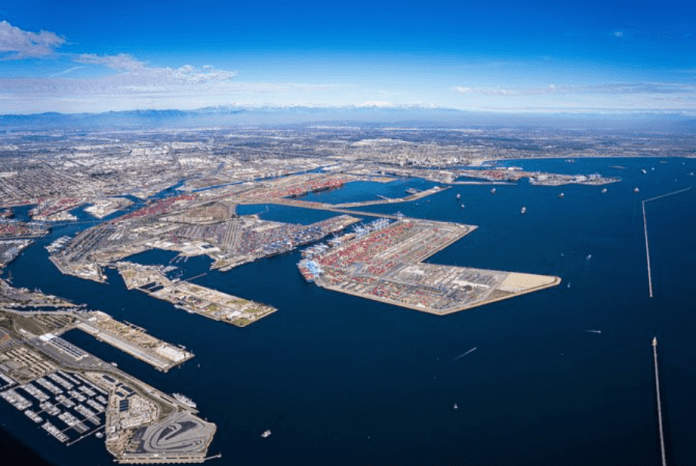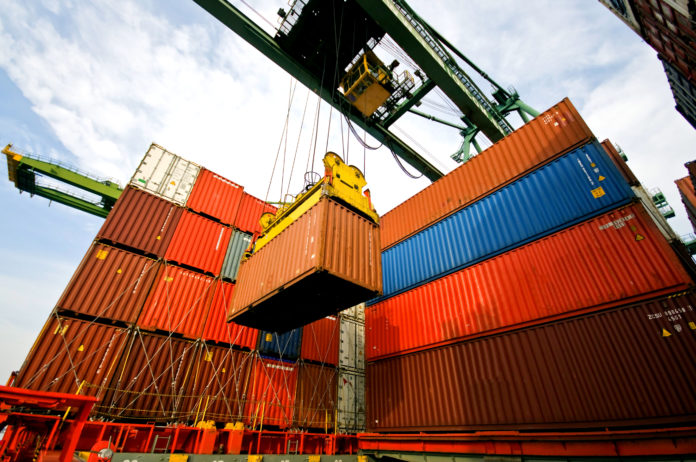CONGESTION IN US WEST COAST PORTS THREATENS LONG-TERM GROWTH

Nearly US$2 trillion a year is the national economic value of the US West Coast ports, but in the long run, their growth is threatened.
According to a new study by maritime economist John Martin, PhD., congestion in Southern California due to high container volumes, combined with the increasing capacity at East Coast and Gulf ports, has accelerated the diversion of Asian cargo away from the West Coast, which threatens to weaken it financially in the long run.
Two new reports by Martin Associates commissioned by the Pacific Maritime Association (PMA) highlight the economic impact of West Coast ports and the long-term threat to the ports of Los Angeles and Long Beach, the nation's largest port complex. As they say, the only case to avoid that is to increase the capacity of the terminal and the handling of containers.
In the short term, however, the Atlantic and Gulf Coast rivals themselves are congested and have a small excess capacity due to the sharp increase in cargo diverted from US Pacific ports.
It is understood that any disruption by West Coast workers during the forthcoming contract negotiations will once again exacerbate the supply chain congestion, harming the US economy.
In 2021, West Coast ports provided more than 12 million jobs, Martin Associates found in its economic impact report.
Moreover, their operations supported US$113.5 billion in federal tax revenue, in addition to US$43.1 billion of state and local tax revenue nationwide.
However, the above data will be difficult to remain the same in the coming years, if the ports fail to add capacity, according to the researchers.
Meanwhile, a separate new report by Martin Associates on cargo diversion shows that the gradual erosion of all those that are competitive advantages of West Coast ports could be significantly worsened if tonnage restraints are not addressed.
The record volume of 20 million TEU containers at Los Angeles and Long Beach in 2021 increased the average container dwell time to 8.4 days in November.
These delays have led to the passage of containers from China to New York and New Jersey, 12 days faster than in San Pedro Bay ports.
A major cause of congestion was the lack of storage space in Southern California.
Other factors are the growth of e-commerce, higher liquidity and lower costs in processing containers and getting them into the supply chain. In addition, investments in terminal modernisation and expansion in ports such as New York, Norfolk, and Savannah; as well as the anticipation of labor disruptions on the West Coast, are contributing to congestion.
The cargo diversion report concludes that "in order to avoid a continual loss of market share to the Atlantic and Gulf Coast ports, it is critical that San Pedro Bay port terminal capacity be expanded to handle future growth, which can be accomplished through increased densification and efficiencies."




